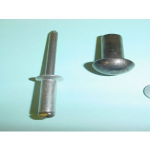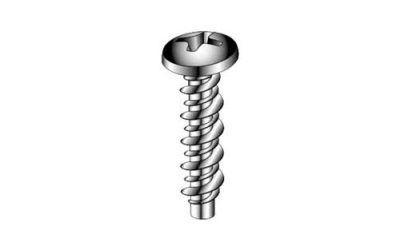Measuring the flow of thicker types of media, such as slurries, can be a challenge. The same is true for corrosive and aggressive types of media, with special meter designs required to protect the meter and extend the life cycle even in these harsh environments.
One of the most common choices for these types of applications is a Rosemount magnetic flow meter. This type of meter is also called an electromagnetic flow meter, and it can be configured to meet the specific needs of any process or application.
The Benefits
An important feature of the Rosemount magnetic flow meter is that it can measure fluid flow in both directions, which makes this a versatile choice in a range of applications. These are also meters that can be used in both high volume and low volume types of systems, which means they can be used in food and beverage production, pulp and paper processing facilities, water and wastewater treatment systems as well as in the chemical and oil and gas industries.
The Basics of Measurement
The Rosemount magnetic flow meter uses a sensor and a transmitter to accurately measure and transmit data about the flow. The sensor is placed in the system while the transmitter is outside of the flow.
The sensor includes a set of coils and two electrodes. The transmitter provides power to the coil through an applied current. This current in the coil creates a magnetic field in the pipe, and the liquid in the system flows through this field.
In the field, the positive and negative particles in the liquid or slurry separate due to the exposure to the magnetic field. This separation creates an induced voltage that is read between the sensor and the electrodes, and it is then read and converted and transmitted to the system.









